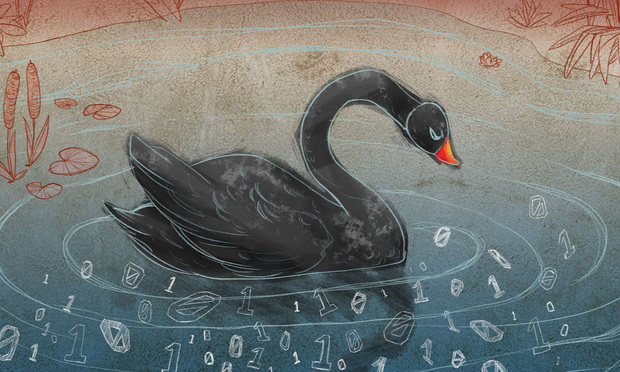No European saw a black swan until 1697, when the Dutch explorer Willem de Vlamingh sighted one off the coast of New Holland (aka western Australia). Until then, “all swans are white” was a phrase used as a standard example of a well-known truth, with the sighting of a black swan chalked up to something exceedingly rare if not nonexistent.
Nassim Taleb, in his 2007 book, ” The Black Swan: The Impact of the Highly Improbable ,” updated and elevated the metaphor of black swans into a theory of how the world actually works. For Taleb, a black swan event stands as a hard-to-predict event of disproportionate, sometimes massive importance—that surprises everyone, but is then rationalized after the fact with the benefit of hindsight.
This content has been archived. It is available through our partners, LexisNexis® and Bloomberg Law.
To view this content, please continue to their sites.
Not a Lexis Subscriber?
Subscribe Now
Not a Bloomberg Law Subscriber?
Subscribe Now
LexisNexis® and Bloomberg Law are third party online distributors of the broad collection of current and archived versions of ALM's legal news publications. LexisNexis® and Bloomberg Law customers are able to access and use ALM's content, including content from the National Law Journal, The American Lawyer, Legaltech News, The New York Law Journal, and Corporate Counsel, as well as other sources of legal information.
For questions call 1-877-256-2472 or contact us at [email protected]



